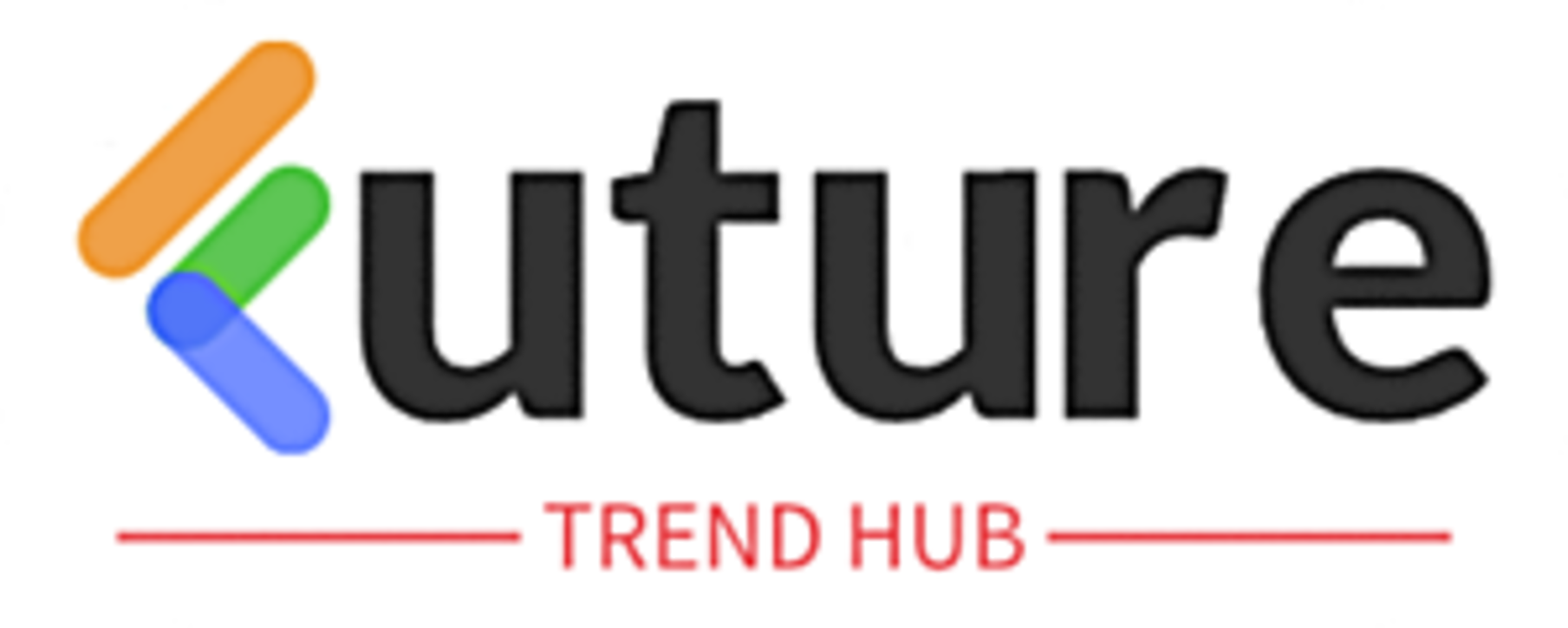How to Write Role-Based Prompts That Unlock Expert-Level Responses
Discover the power of role-based prompts in AI. Learn how assigning expert roles like “marketing strategist” or “data analyst” helps ChatGPT, Gemini, or Claude deliver smarter, more accurate, and human-like results. Includes real examples and practical insights.

How to Write Role-Based Prompts That Unlock Expert-Level Responses
A few months ago, I asked ChatGPT to help me write a business proposal for a steel equipment upgrade project.
The result? It sounded okay — but too generic, like a high-school essay written by someone who’d heard of business proposals but never actually wrote one.
Then I tried this simple trick:
“Act as a senior project consultant with 15 years of experience in industrial equipment installations.”
The next answer blew me away. The tone was confident. The structure was professional. It even included cost-benefit reasoning I hadn’t asked for — exactly how an expert would think.
That’s when I realized:
👉 The secret to getting expert-level answers from AI isn’t about the question you ask.
It’s about the role you assign.
🎭 What Are Role-Based Prompts?
Role-based prompting means telling AI who it should pretend to be before it responds.
Instead of asking:
“Explain how to market a new mobile app.”
You say:
“Act as a senior digital marketing strategist for a mobile startup, and explain how to market a new app with limited budget.”
By doing this, you shift AI’s thinking mode from generic assistant to subject-matter expert.
AI models like ChatGPT, Gemini, and Claude are trained on a huge variety of text sources — from blogs to research papers — but they don’t know your intent until you define the perspective. Role assignment gives that clarity.
🧩 Why Role-Based Prompts Work So Well
Think of AI as a talented actor with infinite potential — but no script.
When you give it a role, you hand it a character and context.
Here’s what happens behind the scenes:
-
Focused Reasoning:
The model limits its output to that role’s domain.
“Act as a financial advisor” leads to structured, analytical replies — not creative fluff. -
Contextual Tone:
A teacher explains differently from a lawyer. By assigning a role, you also control tone, vocabulary, and structure. -
Deeper Insight:
Roles encourage the AI to simulate expert-like reasoning — referencing frameworks, steps, and best practices. -
Consistency Across Responses:
When you keep the same role throughout a chat, AI remembers that “persona” — giving more coherent, professional continuity.
💡 Real-World Examples of Role-Based Prompts
Let’s look at how this works across different fields:
🔧 1. For Business & Strategy
“Act as a business consultant who helps manufacturing companies improve operational efficiency. Suggest ways to reduce machine downtime.”
Result: You’ll get detailed process improvement ideas, not random productivity quotes.
🖋️ 2. For Content Creation
“Act as an experienced copywriter at a digital agency. Rewrite this paragraph in a more persuasive and emotional tone.”
Result: The AI understands emotion, audience, and conversion goals.
💻 3. For Developers
“Act as a senior Python developer reviewing a junior’s code. Identify bugs and suggest improvements.”
Result: It gives cleaner, structured code reviews — not surface-level advice.
🧠 4. For Learning or Training
“Act as a history professor explaining World War II to a 10-year-old.”
Result: The response becomes educational but accessible — something a child could actually understand.
🎨 5. For Designers
“Act as a UX designer for a travel booking app. Suggest improvements to make the interface more user-friendly.”
Result: AI offers wireframe-style insights, not vague design talk.
🧱 The 3-Step Formula for Writing Powerful Role Prompts
Here’s a simple framework I use (and teach to teams who work with AI daily):
Step 1: Assign the Role Clearly
Start with “Act as…” or “Imagine you are…”
✅ Example: “Act as a project manager specializing in steel plant installation projects.”
Step 2: Add a Specific Goal or Task
Tell the AI what to do.
✅ Example: “Create a detailed progress tracking checklist for the erection phase.”
Step 3: Define the Output Format
Tell it how to respond — list, table, tone, etc.
✅ Example: “List points in a structured table with timeline and responsible department.”
Combined, it becomes:
“Act as a project manager specializing in steel plant installation projects. Create a detailed progress tracking checklist for the erection phase. List points in a structured table with timeline and responsible department.”
This structure works in almost every context — from content writing to coding to research.
⚙️ Pro Tips for Mastering Role Prompts
💬 1. Layer Roles When Needed
Sometimes you need hybrid expertise. Try:
“Act as a financial analyst and content strategist. Explain how to write a business blog post that includes ROI analysis.”
💬 2. Use Real-World Titles
The more realistic the role sounds (“senior mechanical engineer” vs. “AI expert”), the better the model performs.
💬 3. Maintain Role Continuity
Keep referring to the same role during long chats. Example:
“Continue as the same consultant. Now prepare a project summary.”
💬 4. Combine Role + Tone
Add emotional flavor:
“Act as a motivational coach with a calm, inspiring tone.”
💬 5. Test and Tweak
Run the same prompt with slight variations — compare and save the best ones. It’s part of building your own “Prompt Library.”
🔍 Common Mistakes in Role-Based Prompting
Even with a clear role, people still go wrong. Watch out for these traps:
-
❌ Giving two conflicting roles (e.g., “act as a strict teacher and a friendly comedian”).
-
❌ Forgetting the goal after assigning the role.
-
❌ Leaving tone undefined — AI might sound robotic.
-
❌ Expecting real-world experience (AI imitates patterns, not lived expertise).
Remember, AI plays the role convincingly — but you’re still the director.
🌟 Final Thoughts
Role-based prompting isn’t a gimmick — it’s a bridge between human intent and machine logic.
When you assign a role, you give structure to creativity. You help AI think, write, and reason like an expert instead of a generic assistant.
Whether you’re drafting content, planning a project, or coding a tool — start with one question in mind:
“Who would be the best expert to answer this — and can AI play that role for me?”
Try it once, and you’ll never go back to ordinary prompting.
Author’s Note:
This guide is written from hands-on experience testing over 500 role-based prompts across ChatGPT, Gemini, and Claude for real business, technical, and creative workflows. Every insight here comes from trial, error, and practical usage — not theory.







